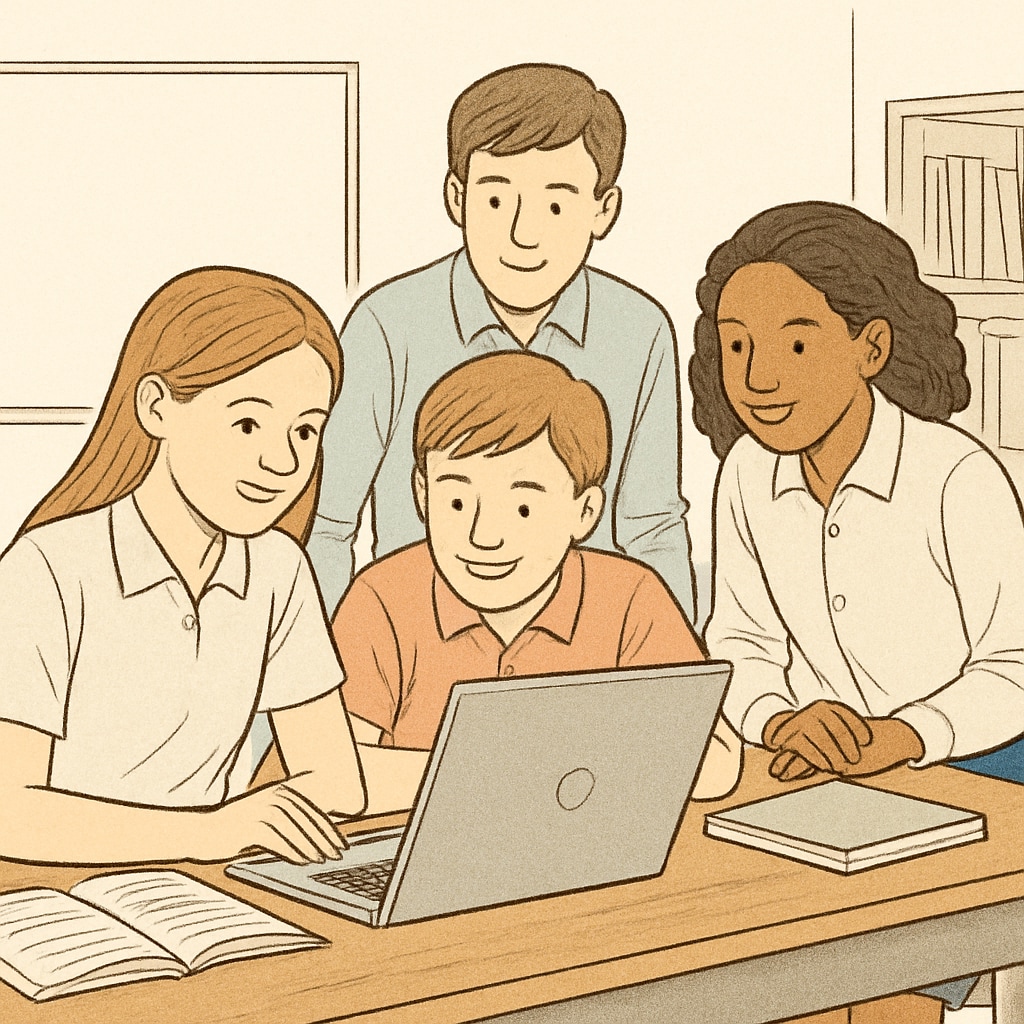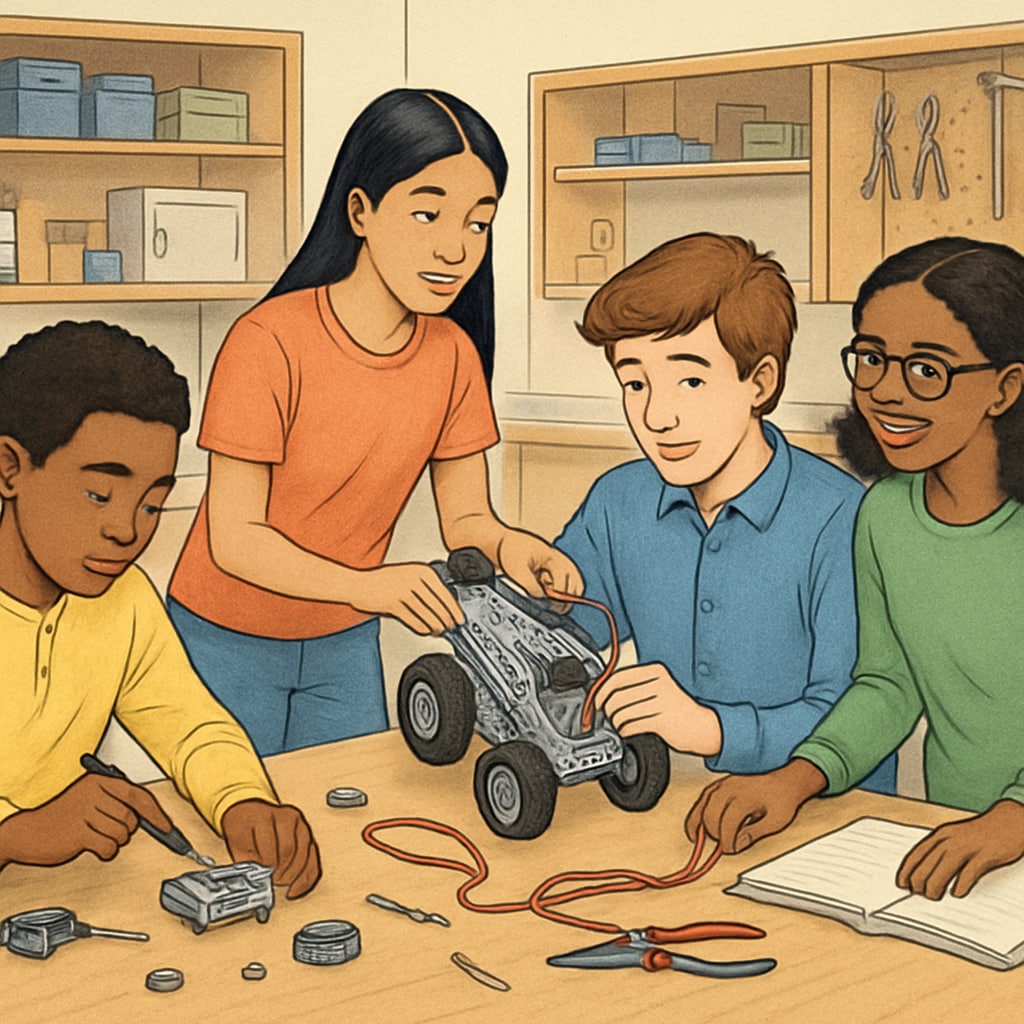High school students approaching their final year often find themselves at a critical crossroads, balancing academic responsibilities with preparing for their future. To support their development, exploring off-campus learning opportunities has become essential. By leveraging free education courses, community programs, and other learning resources, students can gain new skills, broaden their perspectives, and equip themselves for success beyond the classroom.

Unlocking Online Education Opportunities
Online platforms are among the most accessible and flexible ways for high school students to supplement their education. Websites like Khan Academy and edX offer free courses in a variety of subjects, ranging from mathematics and science to arts and humanities. These platforms allow students to learn at their own pace, making it easier to fit into their busy schedules.
Other resources, such as YouTube educational channels and podcasts, also provide unique opportunities for learning. For example, channels like CrashCourse simplify complex topics with engaging visual content, while podcasts like “The Learning Scientists” focus on study techniques to enhance retention.
- Interactive Platforms: Many online education platforms incorporate quizzes, assessments, and interactive content to deepen understanding.
- Specialized Courses: Platforms such as Coursera and Udemy offer advanced courses to help students explore niche subjects or career-specific skills.
- Certifications: Some websites provide certificates upon course completion, which can be valuable additions to college applications.
Community-Based Learning Programs
While online learning is convenient, community-based programs provide hands-on experiences and foster social connections. Local libraries, youth centers, and nonprofit organizations often organize workshops, mentorship programs, and volunteer opportunities tailored to high school students. These initiatives not only enhance academic skills but also encourage teamwork and leadership development.
For example, many cities offer STEM-focused programs through partnerships with universities or tech companies. Similarly, art enthusiasts can find local painting or photography workshops to nurture their creative skills.

Maximizing Summer Learning Opportunities
Summer break is an excellent time for high school students to explore learning opportunities outside the classroom. Whether through internships, summer camps, or specialized programs, students can make the most of their free time while preparing for college or career paths.
For example:
- Internships: Many companies offer internships designed for high school students, providing real-world experience in various industries.
- Academic Camps: Universities often host camps focused on subjects such as coding, engineering, or creative writing.
- Volunteer Work: Engaging in community service can help students develop empathy and teamwork while building their resumes.
In addition to structured programs, students can use their summer to pursue independent projects, such as learning a musical instrument or starting a personal blog, fostering creativity and self-motivation.
Preparing for the Future Through Off-Campus Learning
The ultimate goal of exploring off-campus learning resources is to prepare for life beyond high school—whether heading to college or entering the workforce. These programs and platforms help students gain essential skills like critical thinking, communication, and problem-solving. By actively seeking out such opportunities, students can differentiate themselves and stand out in competitive environments.
In summary, high school students should take advantage of the diverse learning resources available online and within their communities. These opportunities not only enhance academic knowledge but also develop practical skills, ensuring students are well-prepared for their next chapter in life.
Readability guidance: This article uses short paragraphs, clear subheadings, and concise lists to ensure accessibility. Transitions like “however,” “for example,” and “in addition” are used to improve flow and coherence. Passive voice is minimized to maintain an engaging tone.


